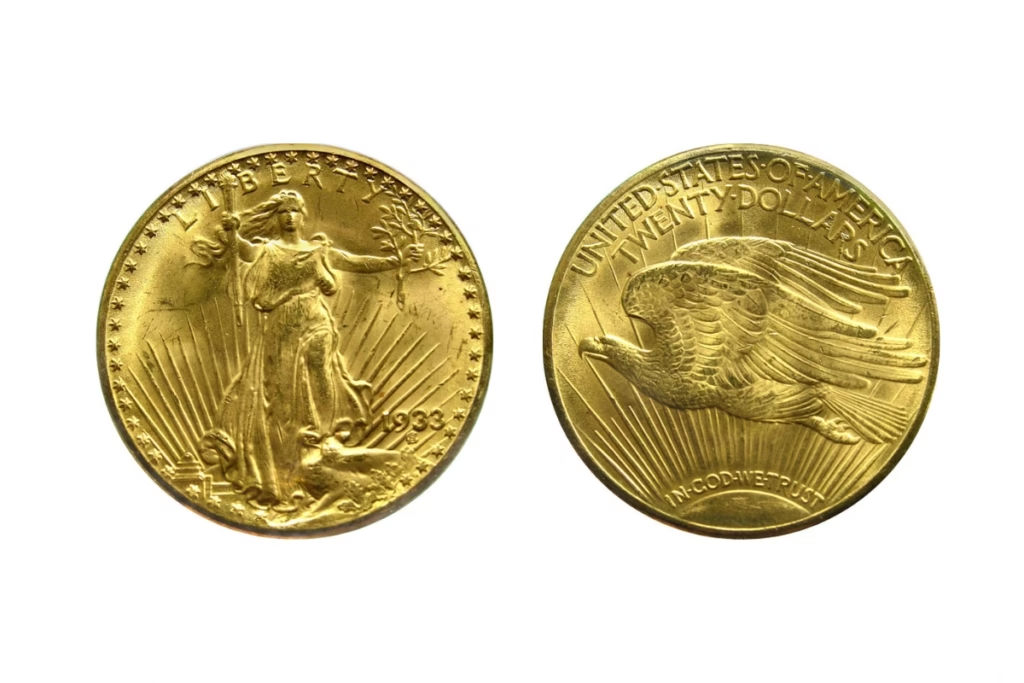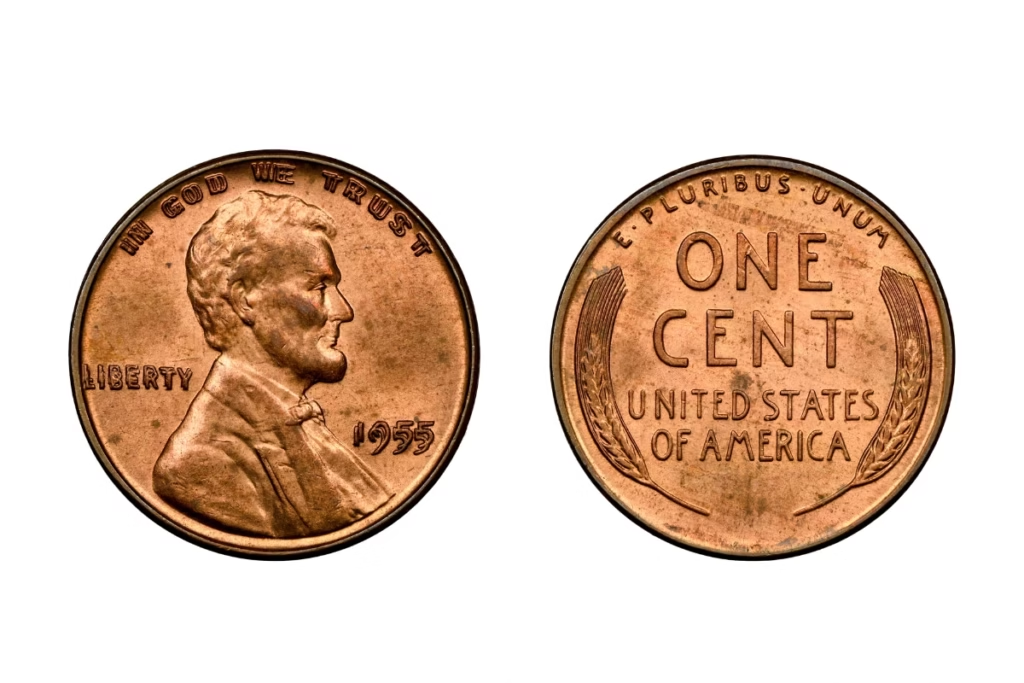Coin collecting isn’t just about old money—it’s about uncovering stories you can hold in your hand. Some coins traveled across empires, others were never meant to exist at all. In this article, we’ll look at a few of the most interesting coins ever made—from ancient gold to modern rarities that fetched millions. Whether you’re just getting into the hobby or have a growing collection, these coins offer a fascinating look at the moments in history they came from.

What Makes a Coin Rare and Valuable?
Several factors contribute to a coin’s rarity and value:
- Mintage Numbers: Limited production increases scarcity.
- Historical Significance: Coins from important periods or events.
- Condition (Grade): Coins in excellent condition fetch higher prices.
- Minting Errors: Unique mistakes during production are highly sought after.
- Demand Among Collectors: Popularity drives up value.
Understanding these factors helps collectors identify rare world coins that may be valuable additions to their collections.
The Most Expensive Coin in the World
1933 Double Eagle

- Origin: United States
- Designer: Augustus Saint-Gaudens
- Composition: 90% gold, 10% copper
- Historical Context:
- Minted during the Great Depression.
- Never officially circulated due to the Gold Reserve Act, which prohibited the ownership of gold coins.
- Most were melted down, but a few specimens escaped.
- Value:
- Sold for $18.9 million at a Sotheby’s auction in June 2021.
- Significance:
- Represents a pivotal economic shift in U.S. history.
- Its rarity and legal battles over ownership contribute to its high value.
The 1933 Double Eagle stands as the most expensive coin in the world, a testament to its unique history and rarity.
Most Expensive Pennies in the World
Pennies, despite their low face value, can be incredibly valuable due to errors, rarity, or historical significance.
1. 1943 Copper Penny (USA)

- Background:
- In 1943, the U.S. Mint switched to zinc-coated steel pennies to conserve copper for World War II.
- A few copper blanks were mistakenly used.
- Rarity:
- Only about 20 known to exist.
- Value:
- Can fetch up to $1.7 million.
- Significance:
- One of the most famous mint error coins.
- Highly sought after by collectors.
2. 1793 Strawberry Leaf Cent (USA)
- Background:
- One of the first coins minted by the U.S. Mint under the Coinage Act of 1792.
- Features a wreath with “strawberry” leaves.
- Rarity:
- Fewer than five known specimens.
- Value:
- Sold for around $863,000 at auction.
- Significance:
- Represents the early days of American coinage.
- Unique design adds to its allure.
3. 1955 Doubled Die Lincoln Penny (USA)

- Background:
- A minting error caused the date and inscriptions to appear twice.
- Rarity:
- Approximately 20,000 released before the error was detected.
- Value:
- Up to $125,000 in uncirculated condition.
- Significance:
- One of the most famous error coins.
- A favorite among collectors.
These coins are among the most expensive pennies in the world, proving that even the smallest denomination can hold immense value.
The Most Rare Coin in the World
1849 Double Eagle

- Origin: United States
- Unique Status:
- Only one known specimen exists.
- Permanently housed at the Smithsonian Institution’s National Numismatic Collection.
- Historical Context:
- Minted during the California Gold Rush.
- The Double Eagle ($20 gold coin) was introduced to handle the influx of gold.
- Significance:
- Its singular existence makes it arguably the most rare coin in the world.
- Symbolizes a significant period in U.S. economic history.
Other contenders for the title include:
1343 Edward III Florin (England)
- Rarity:
- Only three known specimens.
- Value:
- One sold for over $6.8 million.
- Significance:
- Medieval coin with immense historical value.
- Rare glimpse into 14th-century England.
2007 C$1 Million Gold Maple Leaf (Canada)
- Rarity:
- Only six coins produced.
- Specifications:
- Weighs 100 kilograms of 99.999% pure gold.
- Value:
- Intrinsic gold value exceeds $4 million USD.
- Significance:
- Combines rarity with the novelty of being one of the largest gold coins.
The Oldest Coin in the World
The Lydian Lion

- Origin: Kingdom of Lydia (Modern-day Turkey)
- Date: Circa 600–650 BCE
- Composition: Electrum (a natural alloy of gold and silver)
- Design:
- Obverse: Roaring lion’s head.
- Reverse: Two square punches.
- Historical Context:
- Issued during the reign of King Alyattes.
- Lydia was rich in gold deposits from the Pactolus River.
- Significance:
- Considered the oldest coin in the world.
- Marks the transition from bartering to a monetary economy.
- Cultural Impact:
- Set a precedent for coinage that spread throughout the ancient world.
- Pioneered the use of standardized weights and measures in currency.
The World’s Biggest Coin
1 Tonne Gold Kangaroo Coin
- Origin: Australia
- Minted by: The Perth Mint in October 2011
- Specifications:
- Weight: 1,012 kilograms (2,231 pounds)
- Diameter: 80 centimeters (31.5 inches)
- Thickness: 12 centimeters (4.7 inches)
- Purity: 99.99% pure gold
- Face Value: 1 million Australian dollars
- Market Value:
- Intrinsic gold value exceeds $50 million USD based on current gold prices.
- Design:
- Obverse: Effigy of Queen Elizabeth II.
- Reverse: Iconic red kangaroo, a national symbol of Australia.
- Purpose:
- Created to showcase the Perth Mint’s craftsmanship.
- Served as a promotional piece for their Australian Kangaroo Gold Bullion Coin series.
- Significance:
- Recognized by Guinness World Records as the world’s biggest coin.
- A marvel of minting technology and artistry.
- Current Status:
- Displayed at the Perth Mint as a major attraction.
- Symbolizes Australia’s wealth in natural resources and innovation in minting.
Expand Your Numismatic Horizons
While we’ve explored some of the most remarkable coins in history, the world of numismatics is vast and filled with treasures from every corner of the globe. If you’re eager to discover more about international coinage and uncover pieces that are highly prized by collectors worldwide, don’t miss our comprehensive guide on The 100 Most Valuable Foreign Coins. This detailed list delves into rare coins from various countries, their historical significance, and what makes them so valuable in today’s market.
Conclusion
The realm of coin collecting is a treasure trove of history, culture, and artistry. From the legendary 1933 Double Eagle, the most expensive coin in the world, to the ancient Lydian Lion, the oldest coin in the world, each coin tells a unique story. The most expensive pennies in the world demonstrate that even the smallest denominations can hold immense value, while the 1 Tonne Gold Kangaroo Coin captures the imagination as the world’s biggest coin.
Identifying and appreciating the most rare coin in the world requires not just an eye for detail but an understanding of the historical and cultural contexts that make these coins so special. Whether you’re intrigued by the rarity, the artistry, or the historical significance, exploring these rare world coins offers a fascinating journey through time.
As you delve deeper into numismatics, remember that the true value of a coin often extends beyond its monetary worth—it lies in the stories it carries and the connections it fosters between people and history.
1. What is the most valuable coin in the world?
The 1933 Double Eagle is often cited as the most valuable, with one coin selling for over $18 million in a private sale.
2. Why is the 1943 Copper Penny so rare?
It was accidentally struck in copper during World War II, when pennies were supposed to be made from steel.
3. What is the oldest coin ever made?
The Lydian Lion, minted around 600 BCE, is widely believed to be the world’s first coin.
4. What makes a coin collectible?
Age, rarity, minting errors, historical significance, and condition all contribute to a coin’s collectibility and value.
5. Can error coins be more valuable than regular ones?
Yes—error coins like the 1955 Doubled Die Lincoln Penny are highly prized due to their uniqueness and rarity.
Resources and Further Reading
- Museums:
- Associations:
Note: Coin values and records are subject to change due to market fluctuations, auctions, and new discoveries. Always consult with professional numismatists or reputable dealers for current valuations.
Disclaimer: This article is for informational purposes only. Collecting and investing in coins involve risks, including market volatility and authenticity verification. Always conduct thorough research or consult a professional before making significant purchases.
